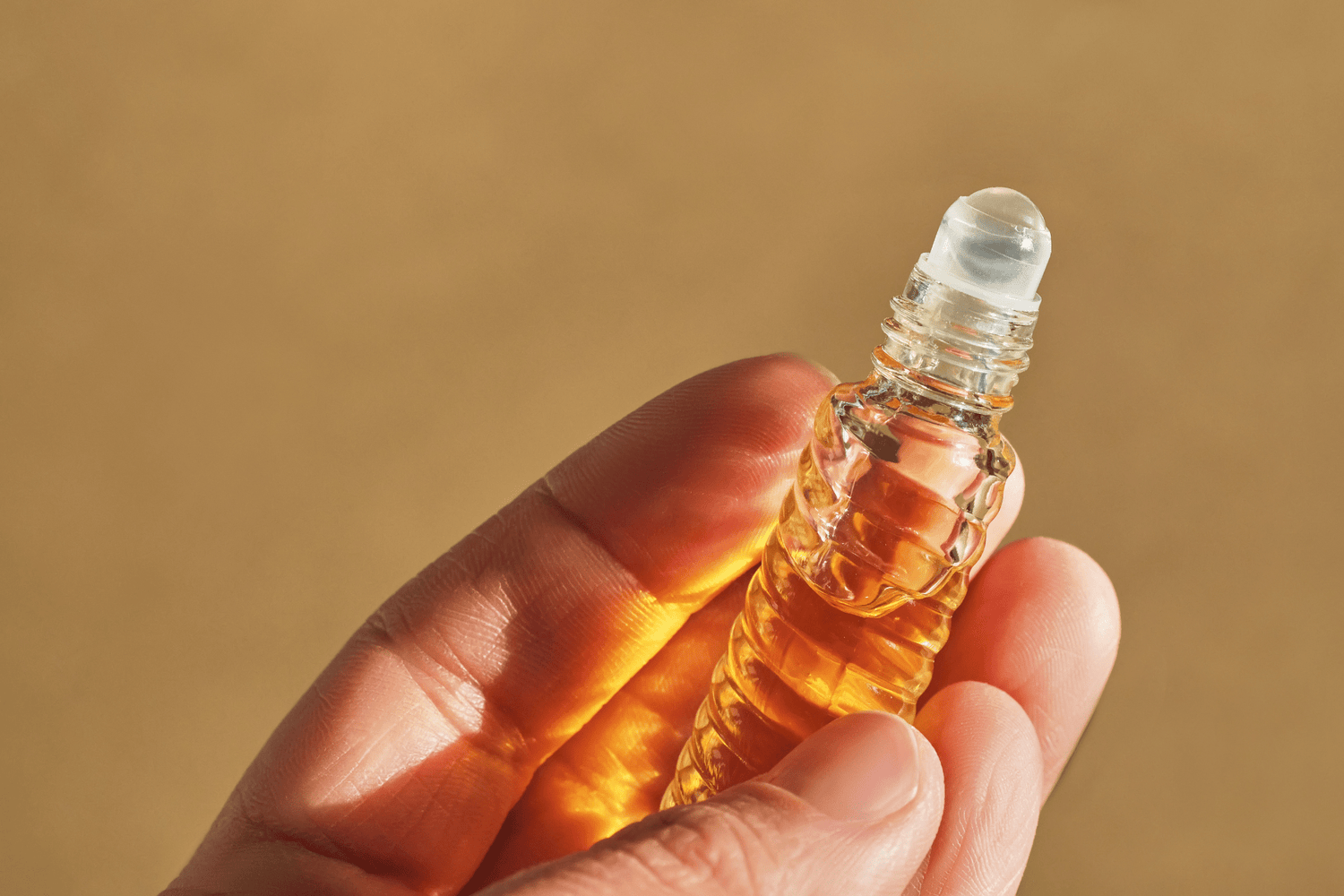You know when you go to the store and buy a new candle, and you can't wait to get home to try it out? You clean your space, light that candle, and life is good.
But then, when you blow it out, half of the candle has already melted away and disappeared! Yeah, we hate it when that happens, too.
There's a whole spectrum of candle waxes out there. Among the most popular are paraffin wax and soy wax. But why does the type of wax matter? It's simple: the wax you choose impacts everything from burn time and scent throw to environmental footprint and indoor air quality.
Here's what you need to do about soy vs paraffin wax before you buy your next candle.
Soy Wax: A Sustainable & Ethical Choice
Soy wax is transformed from a simple, unassuming legume (the soybean) into a powerhouse of eco-friendly candle-making (soy wax is vegan-friendly, too!) Soy wax is harvested and then processed into a clean, natural wax.
The most compelling aspect of soy wax is its status as a renewable resource. Unlike the finite reserves of petroleum-based paraffin, soy wax comes from a source that can be replanted and replenished year after year.
Soy wax is also free from the pollutants often accompanying its paraffin counterpart. This means when you light a soy wax candle, you can be free from worries about what you're breathing in.
Finally, soy wax is renowned for its longer burn time, a feature that candle lovers cherish. This means more time enjoying the gentle glow and less time replacing your beloved candles. It's a win-win for you (and the planet).

Paraffin Wax: A Traditional Wax
Paraffin wax has long been a staple in the candle-making world. This wax has its roots in the mid-19th century as a byproduct of the petroleum refining process.
It quickly gained popularity, offering a cost-effective and readily available option for candle makers. Paraffin wax has been the go-to choice for many, prized for its excellent scent-throwing abilities and smooth texture, making it a common sight in households around the globe.
Paraffin wax has many uses, particularly in the cosmetics industry, and can be helpful for softening rough patches of skin. Remember those late-night infomercials for those home wax hand spas?
That’s paraffin!
Although a wax derived from saturated hydrocarbons can be great for softening your dry heels, when burned in a candle, it breaks down much faster, meaning you’re getting that much less bang for your candle buck.
However, as we've grown more conscious of health and environmental impacts, the drawbacks of paraffin wax have come into sharper focus.
One of the primary concerns lies in its origin–being a petroleum byproduct, paraffin wax carries the environmental baggage of fossil fuel extraction and use. When burned, paraffin candles can release volatile organic compounds (VOCs) into the air, including some toxins and carcinogens.
These emissions have raised valid questions about indoor air quality and the potential health implications for regular users.
Its non-renewable nature, coupled with the issues surrounding the petroleum industry – such as pollution and greenhouse gas emissions – positions paraffin wax at odds with the growing demand for more sustainable and eco-friendly products.
Comparing Soy and Paraffin Wax Candles
|
Aspect |
Soy Wax |
Paraffin Wax |
|
Source |
Renewable (soybeans) |
Non-renewable (petroleum) |
|
Environmental Impact |
Lower carbon footprint, sustainable |
Higher carbon footprint, less sustainable |
|
Indoor Air Quality |
Cleaner burn, fewer chemicals |
Potential release of harmful chemicals |
|
Cost |
Slightly higher, longer burn time |
Lower initial cost, shorter burn time |
|
Accessibility |
Increasingly available |
Widely available |
Environmental Impact
Soy wax is a champion of environmental friendliness. Being a renewable resource, it has a significantly lower carbon footprint compared to paraffin wax. Soybeans can be continuously grown, making soy wax a sustainable choice.
Paraffin wax, derived from petroleum, is less environmentally friendly. The extraction and refinement of petroleum contribute to greenhouse gas emissions, making paraffin wax less sustainable.
Indoor Air Quality
Natural soy candles burn cleaner, producing less black soot and fewer harmful chemicals. This means better air quality in your home and a healthier environment for your family.
Burning paraffin candles can release harmful chemicals like toluene and benzene. These can affect indoor air quality and pose health risks with prolonged exposure.
Cost and Accessibility
While soy wax candles can be slightly more expensive due to their natural ingredients, their longer burn time offers better value in the long run. They are increasingly available as demand for eco-friendly products rises.
Paraffin candles are generally cheaper and widely available. However, the hidden environmental costs and potential health risks are factors to consider.
Scent Throw: A Key Factor in Candle Selection
When selecting the perfect candle, the scent throw – the ability of a candle to release its fragrance into the air – plays a pivotal role. The types of wax used in a candle significantly influence the throw of scented candles, affecting how the fragrance is held and released.
Soy wax
Soy wax is known for its ability to diffuse scents naturally and evenly. The molecular structure of soy wax allows it to bond well with fragrance oils, resulting in a cleaner and more authentic scent profile.
Due to its lower melting point, soy wax burns cooler and releases fragrance gradually and consistently, allowing for a subtler, more ambient scent distribution.
Paraffin wax
Paraffin wax, on the other hand, can sometimes alter the chemical composition of fragrance oils due to its higher burning temperature.
Paraffin wax, with its higher melting point, tends to release scent more rapidly and intensely. This can result in a stronger initial burst of fragrance, which some candle users find appealing.
However, this can sometimes lead to a quicker dissipation of the scent, especially in larger spaces.
Soy vs Paraffin Wax: Keeping Your Home Healthy
Even though we know how tempting it is to stock up on those clearance candles when you’re strolling through Marshalls or Home Goods, take a moment and read the ingredients first. If they sound like toxic chemicals you might not want to breathe in… they probably are!
We proudly offer a range of soy wax candles crafted with care and consideration for your well-being and the planet's. Explore our collection of soy wax candles, each one a testament to our commitment to quality, sustainability, and the art of candle making.
Whether you're seeking a new scent to brighten your home or a thoughtful gift for a loved one, our candles are designed to illuminate your space and your spirit. Discover the difference with Kalamazoo Candle Company's 100% soy wax candle collection.



